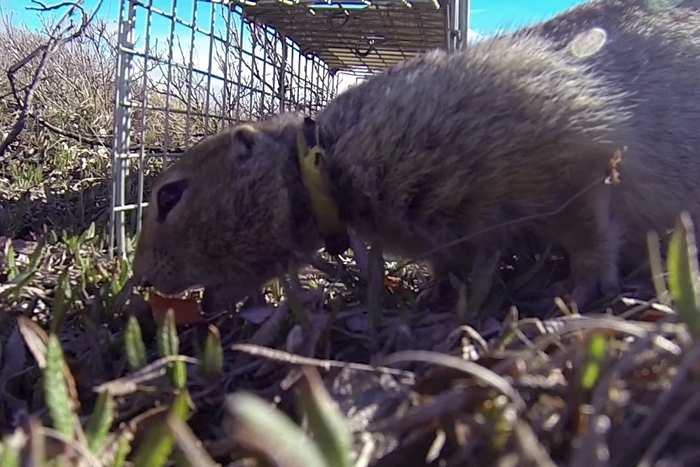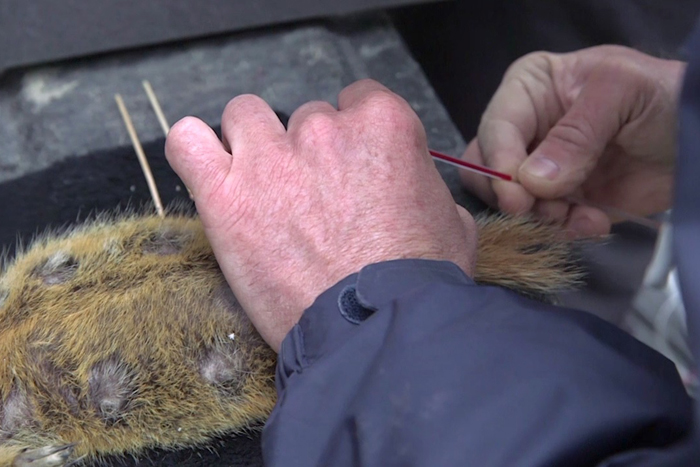Arctic Squirrels' Secrets for Surviving Six Months Sustained Sun (Gallery)

Charlie Heck, multimedia news editor at the U.S. National Science Foundation (NSF), contributed this article to Live Science's Expert Voices: Op-Ed & Insights.
Day after day, arctic squirrels go about a constant routine, despite six months of unyielding daylight. Studies of the squirrels are revealing not only the nature of unusual animal behavior, they may shed light on how to help people whose circadian rhythms have been damaged by off-hours work schedules or illness. With support from the U.S. National Science Foundation, physiological ecologist Cory Williams of the University of Alaska Anchorage (UAA) and a team from UAA and the University of Alaska Fairbanks (UAF) are at the UAF Institute of Arctic Biology's Toolik Field Station in Northern Alaska to study the arctic ground squirrel on its home turf. The following are pictures from that study, and you can learn more about the work — and catch a video — in "Arctic Squirrels Share Circadian Secrets." [All photos courtesy the National Science Foundation. (NSF)]
Looking around
Arctic ground squirrels maintain circadian rhythms throughout the Arctic summer. These squirrels don't emerge from their burrow until mid-morning and are usually home by early evening, even though theirs is essentially a constant-light environment.
Tempting treats
An arctic ground squirrel goes for a carrot, en route to getting measured for the Alaskan field study. Researchers are interested in understanding why these squirrels, when given the opportunity to forge throughout the day because of constant daylight, restrict their activity to only mid-day intervals.
Can't resist
Get the world’s most fascinating discoveries delivered straight to your inbox.
Some treats are just too tempting to resist.
Gathering data
As part of an NSF field study, physiological ecologist Cory Williams and research technician Kate Wilsterman use portable research equipment to quickly take measurements on an arctic ground squirrel.
More data collection
Researcher Cory Williams and his team implant body temperature loggers and deploy light collars on squirrels in the study. The collars provide information on when the squirrels are above or below ground and the logger provides information on the animals' circadian body-temperature rhythms.
Enjoying the find
The Alaska research team found that during the parts of the day when the ground squirrels are more active, their body temperature is slightly warmer. When bad weather conductions are present, such as a snow-fall event, the squirrels remain underground — yet this body-temperature change still occurs. The squirrels still become warmer during the day even though they're not active on the surface.
Follow all of the Expert Voices issues and debates — and become part of the discussion — on Facebook, Twitter and Google+. The views expressed are those of the author and do not necessarily reflect the views of the publisher. This version of the article was originally published on Live Science.








